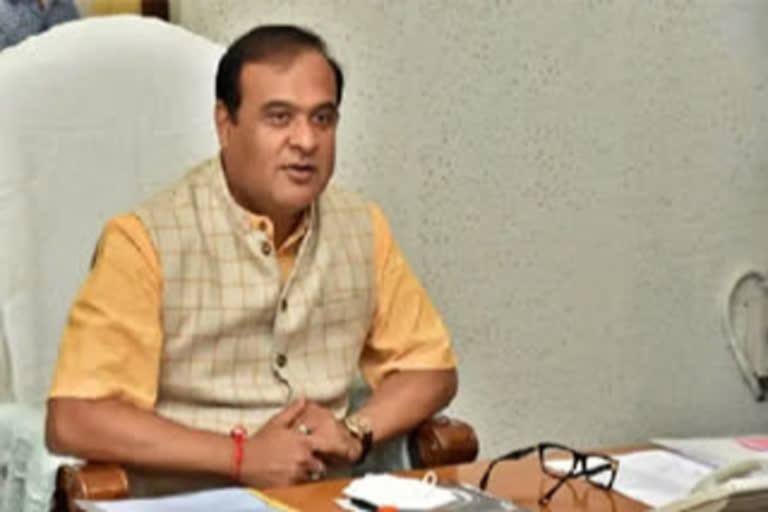Guwahati: An Assam government commission has stressed the need to clear encroached land of Satras (Vaishnavite monasteries) in the state and take steps for the promotion and preservation of the cultural heritage of these institutions. After visiting 303 Satras in 11 districts and compiling the data furnished by them, the Assam State Commission for Review and Assessment of Problems of Satra Land handed over its interim findings to Chief Minister Himanta Biswa Sarma.
The government will take all steps to clear encroachment. This is the first time that a concerted effort in this direction is being made, Sarma said on Friday. However, the government will also verify the findings through its administrative machinery as there might be changes in Satra land ownership legally due to changes in revenue department provisions and new laws over the years, he said.
As per the interim report, 33,265.7 bighas (8,413.89 ha) of land is under the possession of the Satras and 7,504.2 bighas (1,898.04 ha) has been encroached upon. The maximum encroachment has been reported in Barpeta district (5,545 bighas), followed by Lakhimpur, Nagaon, Bongaigaon and Dhubri. The three-member Commission, constituted following a Cabinet decision last year, was headed by Asom Gana Parishad MLA Pradip Hazarika and had BJP legislators Mrinal Saikia and Rupak Sarma as members.
The main objective of the Commission was to examine closely the problem of Satra land and verify the extent of encroachment and come out with specific recommendations for a long-term solution. The institution of Satra is a unique feature of Vaishnavism in Assam, founded by social and religious reformer Sankardeva who is also the father of Assamese culture. The Satras are not just monasteries, but centres of traditional performing arts. The first Satra was founded in Majuli in the 15th century, according to a state government website.
The interim report prepared by the Commission has made two sets of recommendations one related to a few specific Satras, and the other general suggestions. The report recommended developing Bardowa Than and the connected Satras in Nagaon district as a Religious Tourism Circuit. It also sought immediate clearance of all Satra land from encroachments.
Among steps for promotion and preservation of the Vaishnavite cultural heritage, the interim report suggested setting up three fully residential Satriya Cultural Education Centres, one each in Barpeta, Bardowa and Majuli. The Satras consist of a large prayer hall facing a simple shrine, surrounded by dormitories and bathing tanks for monks. The institutions also offer guest accommodation where devotees and visitors not only take part in the worship of Lords Vishnu and Krishna, but also watch bhaona' (traditional theatre with religious messages) performances. (PTI)



